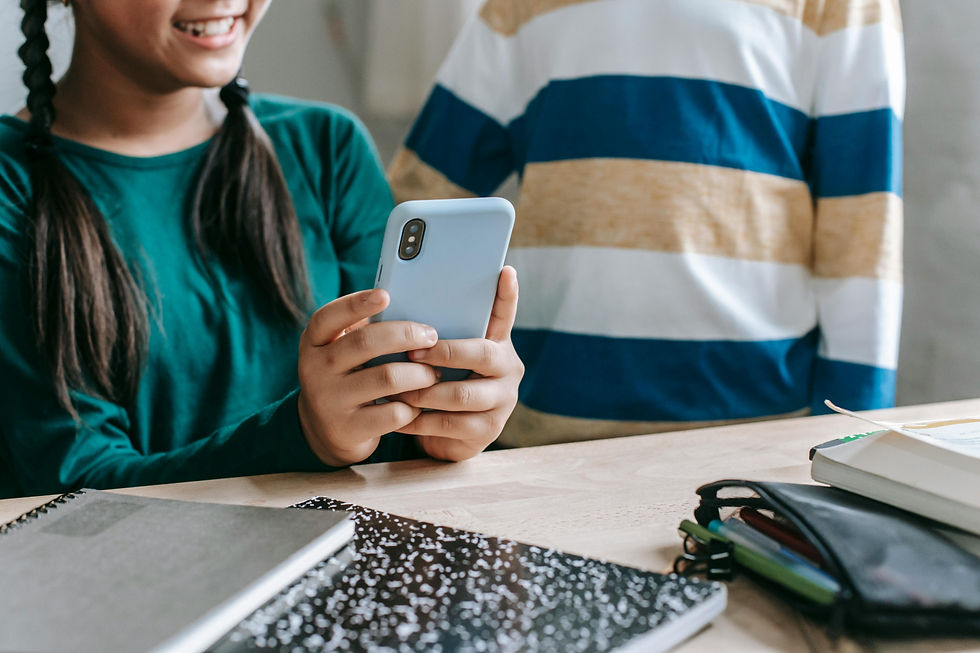The New Way Designers Create: Mixing AI, Creativity, and Personal Touch
- kiran kulkarni
- Aug 3, 2023
- 3 min read

In an era defined by technological breakthroughs, a captivating synergy is unfolding at the intersection of artificial intelligence (AI), creativity, and the future of User Experience (UX) design. This intricate interplay is revolutionizing the landscape of design practice, steering it toward a new direction where designers harness AI's prowess while embracing the intricate finesse of handcrafted solutions. This report delves into the transformative journey that promises to reshape the design landscape and redefine the role of designers in this digital age.
The Rise of AI and Its Artistic Impulses
AI's evolution from mere automation to an engine of creativity has captivated technologists and artists alike. With algorithms capable of composing music, crafting literature, and generating visual art, the frontiers of what is possible are expanding. In the UX realm, AI's analytical capabilities enable designers to predict user behavior, tailor interactions, and optimize design processes. However, a pivotal question looms—can AI authentically replicate the subtleties of human creativity, evoking emotional resonance and cultural nuances?
AI and the Dynamic Shift in UX Terrain
Within the UX landscape, AI emerges as a silent conductor orchestrating seamless user interactions and elevating user satisfaction. Chatbots engage users in natural conversations, recommendation systems unveil personalized content, and predictive algorithms foretell user desires. Yet, the true impact lies in AI's capacity to liberate designers from repetitive tasks, granting them newfound freedom to explore the creative expanse. The paradigm shift prompts a reflection on the essence of design—can AI-driven efficiency replace the personal touch that emanates from handcrafted designs?
The Resurgence of Handcrafted UX
Amid the allure of AI, a countercurrent is surging, advocating for the revival of handcrafted UX solutions. These bespoke creations transcend algorithmic predictability, embracing the intricate tapestry of human emotions and cultural nuances. The beauty of handcrafted solutions lies in their imperfections—a hallmark of authenticity that resonates deeply with users, invoking a sense of nostalgia for an era when design bore the distinct mark of its creator. This resurgence underscores the irreplaceable role of human interpretation and craftsmanship in UX design.
Metamorphosis of Design Practice
As AI and handcrafted solutions converge, the very essence of design practice is undergoing a metamorphosis. Designers are shedding the chains of routine tasks, stepping into an era of collaboration with AI as a creative partner. Armed with AI-derived insights, designers embark on exploratory journeys, experimenting with innovation on unprecedented scales. The integration of AI expedites prototyping, empowers data-driven decision-making, and streamlines the generation of design iterations.
However, the designer's role remains pivotal. While AI may enhance efficiency, the essence of UX—empathy, storytelling, and cultural fluency—is a distinctly human domain. The resurgence of handcrafted solutions underscores the enduring importance of human intuition and the ability to craft experiences that resonate deeply with users.
Forging a New Design Frontier
In the midst of this profound transformation, a harmonious synthesis of AI, creativity, and handcrafted UX is emerging. This fusion is redefining the art of design practice, with designers positioned as conductors orchestrating the blend of AI-driven efficiency and the human touch. As we venture forward, this delicate equilibrium promises to shape the future of design, ultimately delivering experiences that are as technologically innovative as they are emotionally resonant. The journey continues, marking an era where technology and human ingenuity converge to shape a design landscape brimming with limitless possibilities.
This article was created with assistance from ChatGPT, an AI language model developed by OpenAI for language edits.



Comments